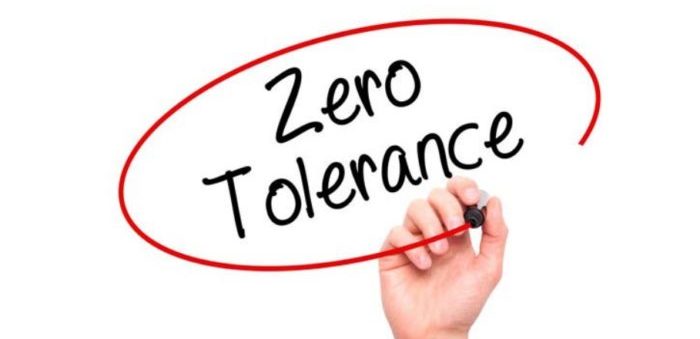
On October 10, 2021, the Supreme Court of Canada released their decision in Northern Regional Health Authority v. Horrocks.[i] With respect to Manitoba and that particular statutory regime and legislative history, the Supreme Court found that labour arbitrators have exclusive jurisdiction of human rights issues arising in the workplace for unionized employees.
After this decision was released, there was commentary suggesting that the same would hold true for Ontario – namely that the Human Rights Tribunal of Ontario does not have jurisdiction over human rights matters for unionized employees, and labour arbitrators had exclusive jurisdiction. I authored a blog along with Paul Champ and David Baker wherein we argued that Horrocks would not displace concurrent jurisdiction in Ontario and the Human Rights Tribunal would continue to have jurisdiction concurrently with labour arbitrators in unionized workplaces. You can read that blog article here.
The question of whether labour arbitrators had exclusive jurisdiction or concurrent jurisdiction for unionized employees in provincially regulated workplaces in Ontario came before the Human Rights Tribunal of Ontario in 2022 in a case called Weilgosh v. London District Catholic School Board.[ii] The matter was heard by a three-member panel of the Tribunal.[iii] The Tribunal released its decision on October 4, 2022 and found that an arbitrator appointed under the Labour Relations Act[iv] “has exclusive jurisdiction to decide claims of discrimination and harassment falling within the scope of a collective agreement in Ontario, subject to a clear legislative intent to displace this exclusive jurisdiction…”[v]
Next, the Tribunal turned to whether there was clear legislative intent to displace this exclusive jurisdiction, noting that the provisions of the Ontario Human Rights Code “are less clear than the British Columbia and federal status, but the legislative history plainly shows that the Legislature contemplated concurrency”.[vi] The Tribunal also noted that the Ontario Court of Appeal upheld concurrent jurisdiction between labour arbitrators and the Tribunal in Ontario (Human Rights Commission) v. Naraine,[vii] even though Naraine was decided prior to the amendments to the Code in Ontario in 2008.
The Tribunal found that “the language used in the Code signals a legislative intent that the Tribunal maintains concurrent jurisdiction” and “despite being presumptively aware of the decisions in Weber and Naraine, and the fact that the Tribunal had continued to hear cases arising from collective agreements, the Legislature did not take steps to limit or narrow the deferral and dismissal powers in sections 45 and 45.1. This signals a clear intent to permit Tribunal decision-makers the power to decide whether to defer applications that could be decided elsewhere, including by arbitration, by grievance, by review or otherwise”.[viii] Where the Legislature chose to limit the Tribunal’s jurisdiction in other cases, it expressly did so. The Tribunal concluded that there “is a clear legislative intent to carve out concurrent jurisdiction for the Tribunal to decide claims of discrimination and harassment under the Code.”[ix]
The London Catholic School Board sought judicial review of the Tribunal’s decision in Weilgosh to the Divisional Court. On Wednesday, the Divisional Court released its decision (London District Catholic School Board v. Weilgosh)[x] dismissing the judicial review. Justice Backhouse, writing for the Divisional Court panel, wrote at paragraph 66:
In considering the broad language used in the Ontario Code, its statutory scheme and the broader legal context of the legislative and jurisprudential history of the Ontario Code, the HRTO correctly applied Horrocks to find concurrent jurisdiction. In the words of Horrocks, in these circumstances, applying an exclusive arbitral jurisdiction model would defeat, not achieve, the legislative intent.
Concurrent jurisdiction remains in Ontario and unionized employees can choose to grieve, file an application with the Human Rights Tribunal of Ontario, or both (although the latter will be deferred pending the former in this scenario).
It is possible that the London Catholic School Board will seek leave to appeal to the Ontario Court of Appeal, but that seems unlikely in my view.
[i] Northern Regional Health Authority v. Horrocks, 2021 SCC 42
[ii] Weilgosh v. London District Catholic School Board, 2022 HRTO 1194
[iii] In the vast majority of cases, the Human Rights Tribunal of Ontario appoints one adjudicator to determined a case. The appointment of three adjudicators signals the importance of the matter before the Tribunal. The three adjudicators appointed to hear this matter were Jeanie Theoharis, Marla Burstyn, and Anthony Tamburro.
[iv] Labour Relations Act, 1995, S.O. 1995, C.1
[v] Weilgosh at paragraph 18.
[vi] Weilgosh at paragraph 36.
[vii] Ontario (Human Rights Commission) v. Naraine, 2001 CanLII 21234 (ON CA)
[viii] Weilgosh at paragraph 41.
[ix] Weilgosh at paragraph 46.
[x] London District Catholic School Board v. Weilgosh, 2023 ONSC 3857

